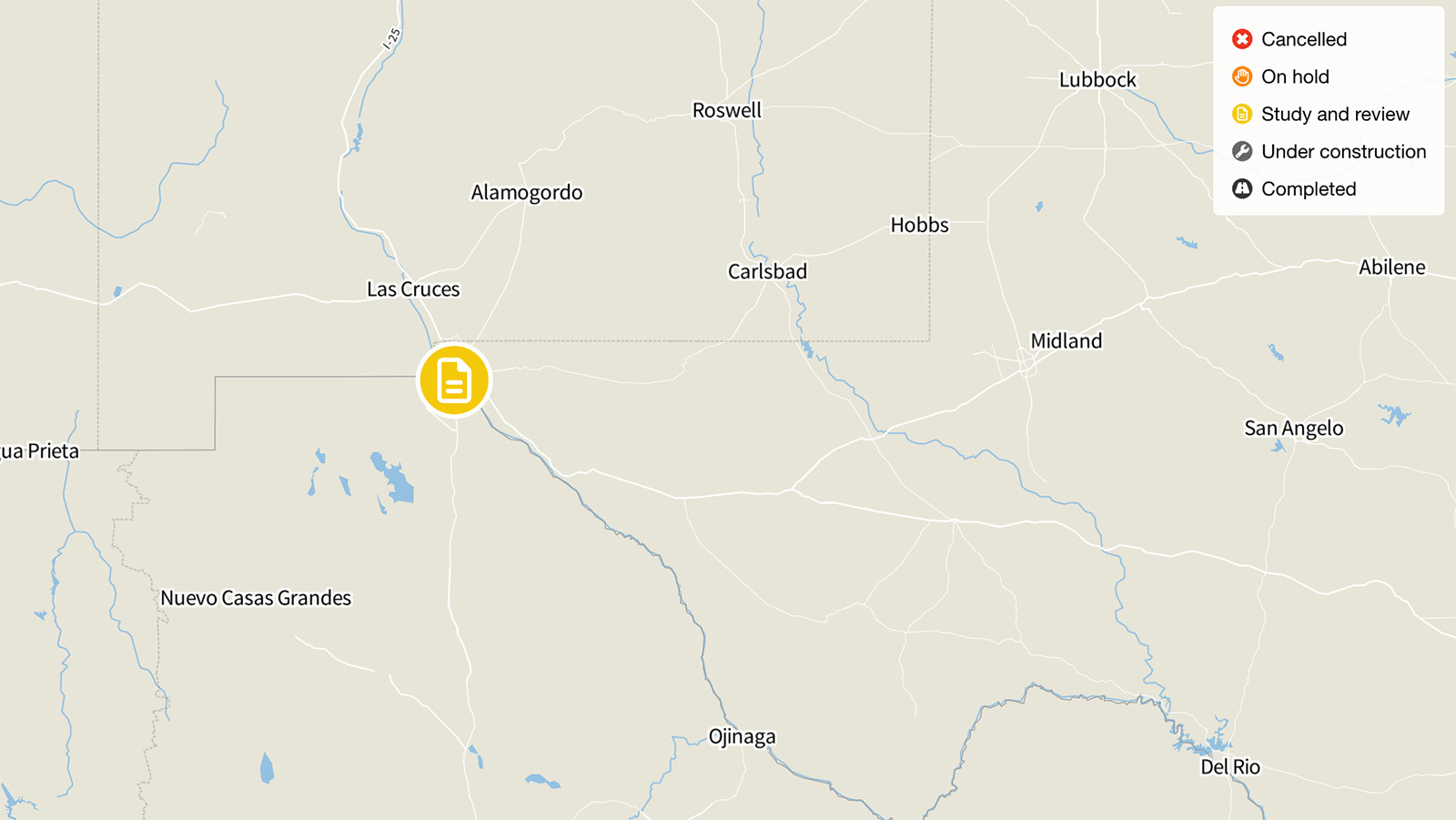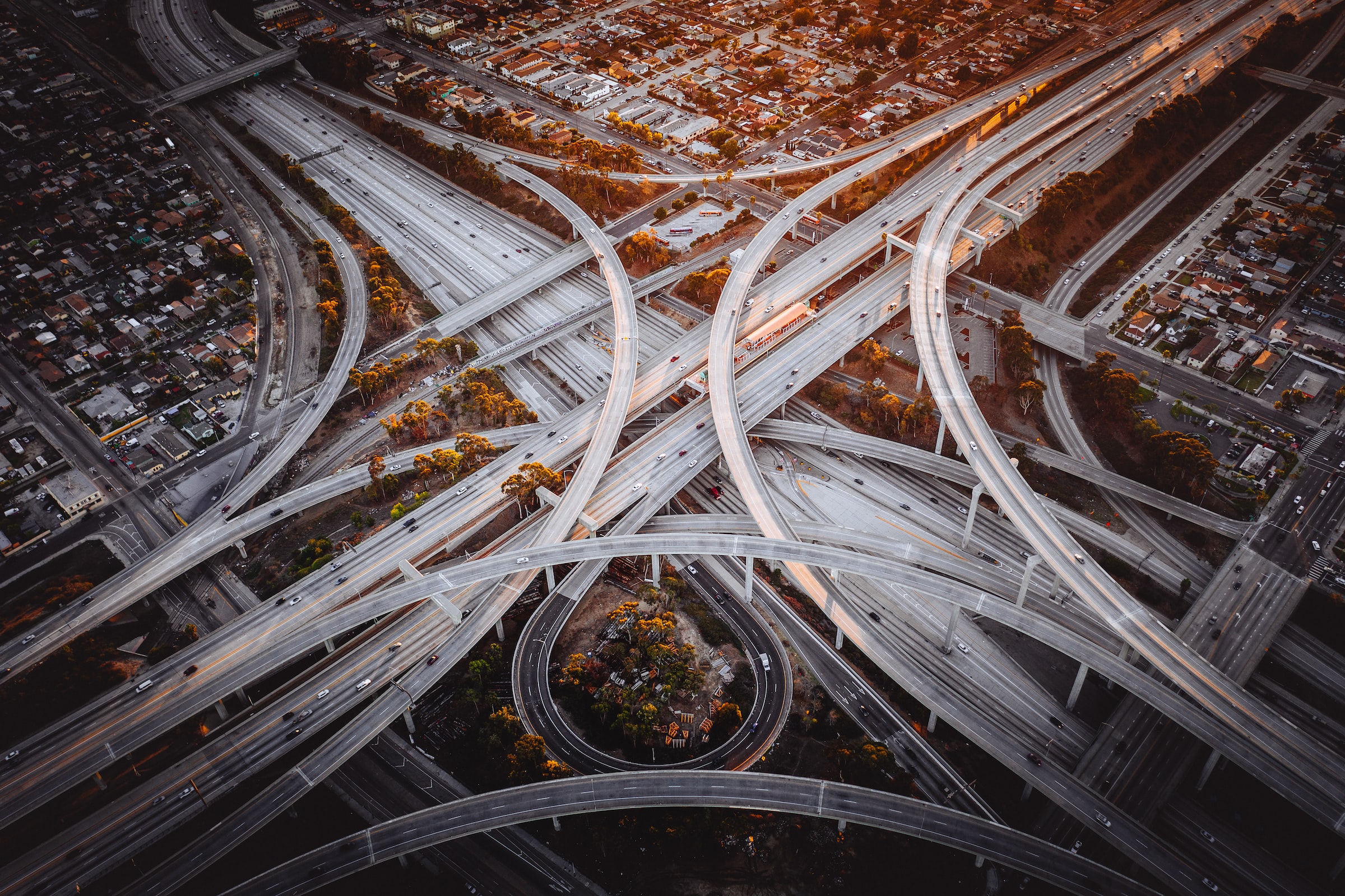
I-15 Expansion, Salt Lake City
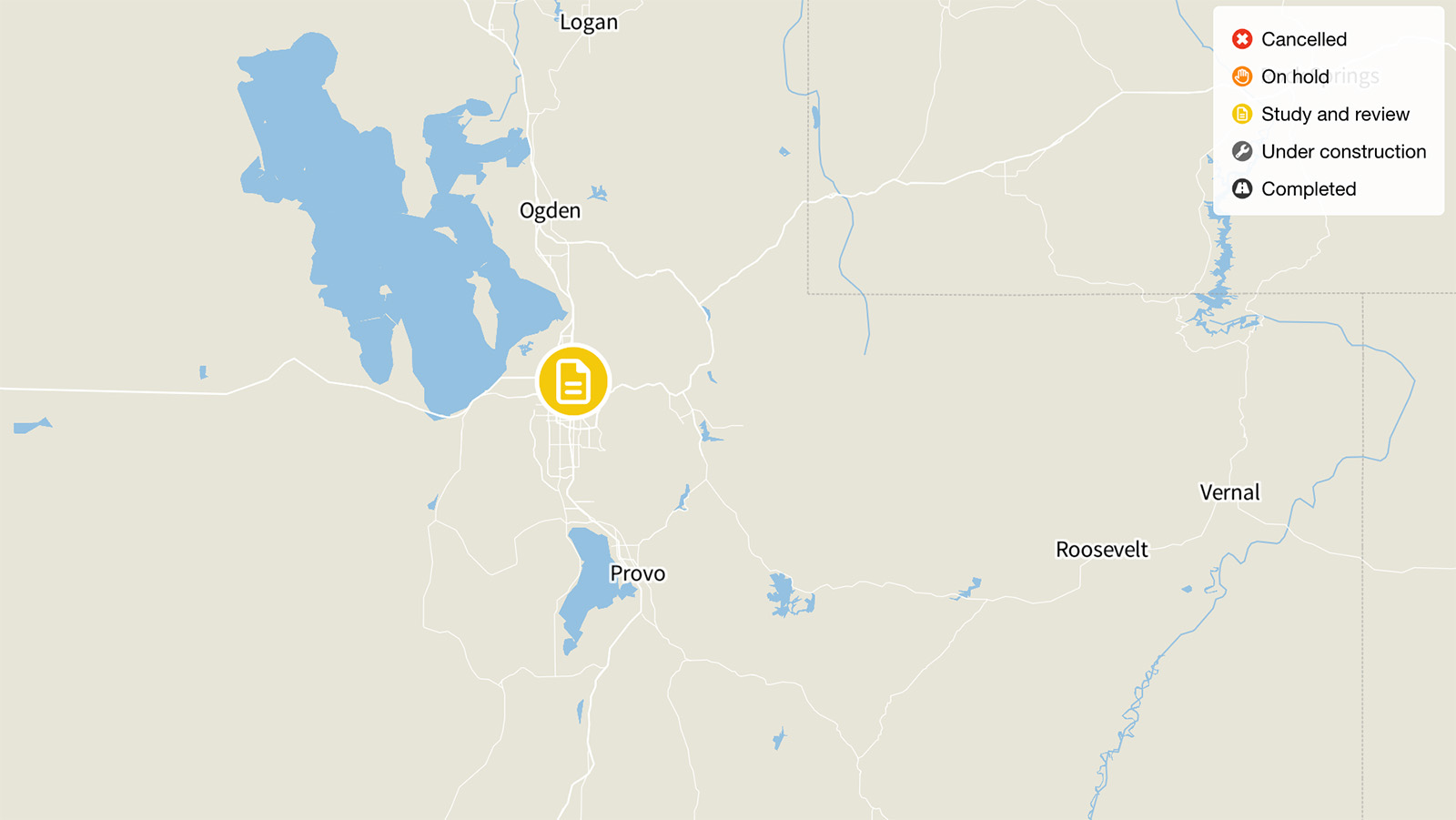
Status: Study and review
Projected cost: $3.7 billion
Stretching 1,470 miles along the western mountains of the United States, Interstate 15 traverses six states, starting near the Mexican border in San Diego County, Calif., and terminating north at the border with Canada. In Utah, the highway takes travelers from the southwestern to northern region of the state, passing through major cities including Salt Lake City, St. George and Provo.
The portion of I-15 in and around Salt Lake City has undergone a long history of expensive construction projects. Now, arguing that the aging highway needs further updating to meet the needs of a growing population, the Utah Legislature has mandated the Utah Department of Transportation (UDOT) to undertake another expansion, this time along a 17-mile stretch of I-15 from Farmington’s Shepard Lane to Salt Lake City’s 400 South.
Currently, I-15 in Salt Lake County has three general-purpose traffic lanes and an HOV lane running in each direction, and in Davis County, four lanes plus one HOV lane. UDOT’s “preferred alternative,” laid out in its draft environmental impact statement released in late September 2023, would expand the road to five general-purpose lanes and one express lane in both directions.
Opponents of the I-15 widening have long feared that this project will require the demolition of homes and businesses, and the displacement of local residents. The draft environmental impact statement confirms that UDOT’s preferred alternative could potentially see the relocation of up to 36 homes, as well as the demolition of between 13 and 16 commercial buildings, and impact 10 parks and recreation areas. It would also affect more than 30 acres of “aquatic resources” (wetlands, streams, mudflats and others) and expose more than 3,000 local residents to increased noise levels.
UDOT has justified the I-15 expansion in part as a means of accommodating population growth in and around Salt Lake City. Utah’s current population of 3.3 million is projected to grow to 5 million by 2050, and a 2019 UDOT study assessing the impacts of this growth estimated that travel time along this section of I-15 – then around 18 to 19 minutes – would rise to 55 to 66 minutes. Opponents of the I‑15 expansion have criticized UDOT’s model as “overinflated,” noting also that the agency’s projections for the US-89 project – turning US-89 through Davis County into a freeway – overestimated the number of highway users by as much as 30%.
Over the course of the project, according to UDOT, the agency has received almost 4,000 comments from members of the public. Public comment periods on UDOT’s preliminary plans highlighted the extent of local opposition, with public hearings between November 2022 and January 2023 gathering overwhelming objections to the plans. During a community hearing in December 2022, for example, approximately 60 residents showed up, with every public comment at the hearing opposing the project.
As well as fears about the demolition of homes and businesses and the damage that will be inflicted on local communities – including perpetuating the historical harms done to low-income and minority communities by 20th century highway planning – many of these comments express concern about the increase in noise and air pollution the expansion would bring to an already polluted area, as well as increased congestion due to induced demand. These concerns are echoed throughout the comments submitted during the comment periods as a whole.
Originally slated to cost $1.7 billion – which the Utah Legislature envisaged providing solely from state transportation funds – the estimated cost of the project has more than doubled to $3.7 billion. Many of those who have submitted comments on UDOT’s plans insist that this is money that could be better spent on addressing the real transportation needs of local residents. In particular, a recurring sentiment in the public comments is the desire to be able to take transit, with some residents suggesting that the tax dollars being poured into the I-15 could be redirected to building a light rail or bus rapid transit line along the route, or investing in solutions that integrate bike paths, public transit and other alternatives.
Currently, public transit along this corridor takes “simply too long for such a short distance,” as one resident puts it. And, indicative of UDOT’s history of prioritizing car transportation over transit, the FrontRunner commuter rail line between Ogden and Provo, which runs parallel to I-15 for 90 miles, has been under review for improvements since its creation in 2008. In the document of public comments on UDOT’s initial plans, published in January 2023, the word “transit” appears 831 times. In sum, as one local resident succinctly puts it: “This city deserves better than a freeway expansion that causes more harm than good.”
UDOT intends to release a final environmental impact statement and record of decision in spring 2024.
Topics
Find Out More

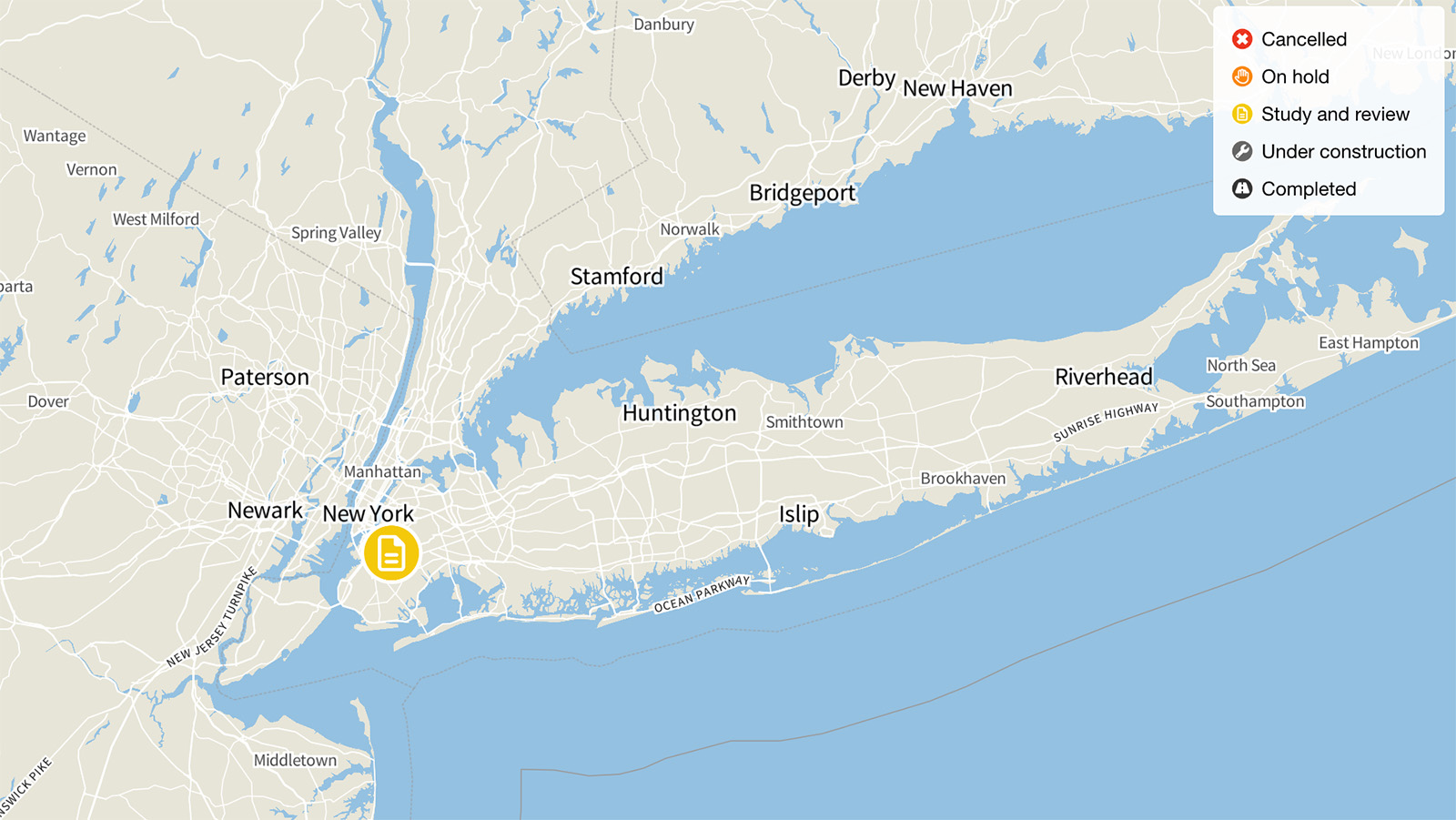
The Brooklyn-Queens Expressway, New York
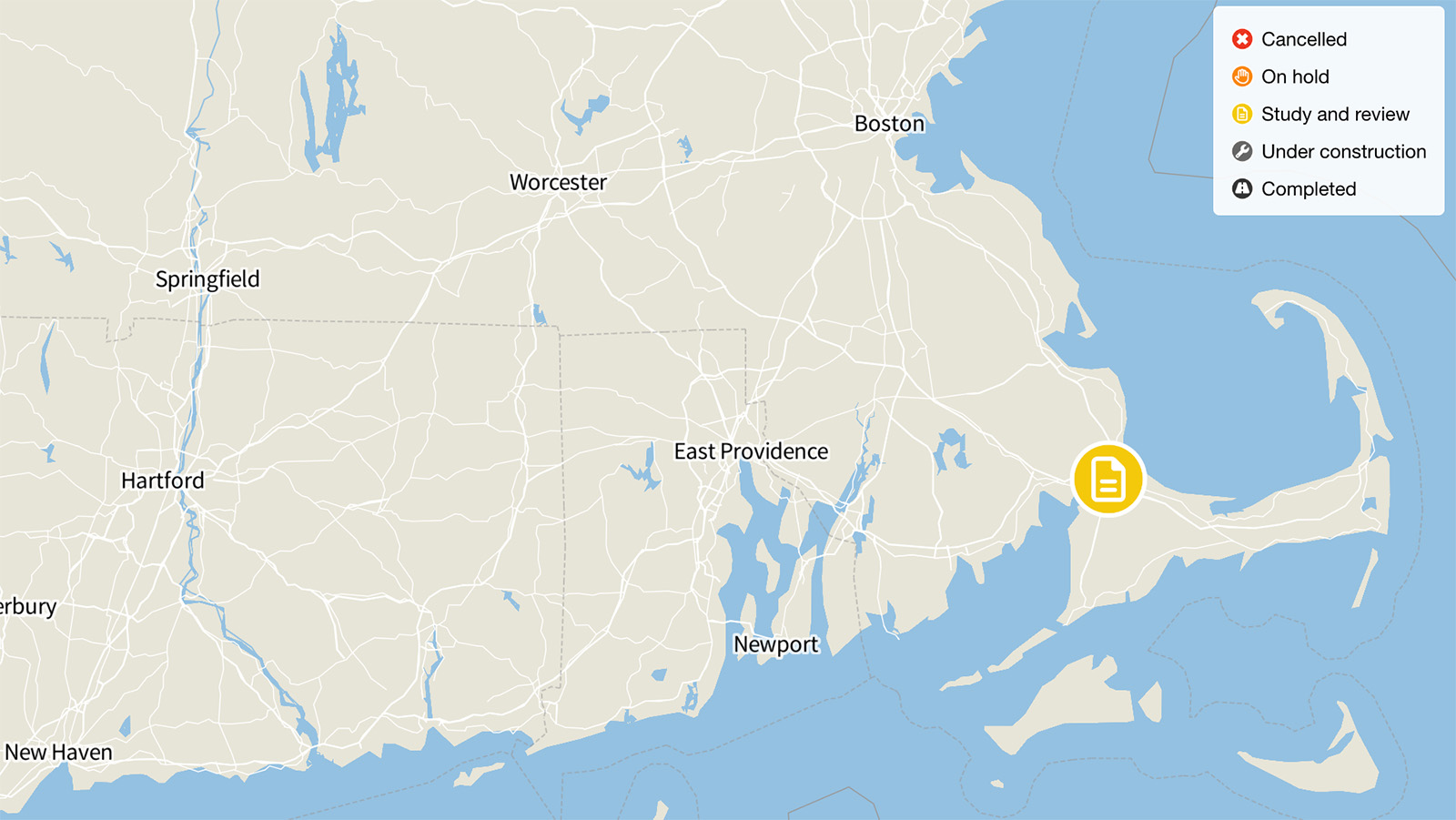
Bourne and Sagamore Bridges, Massachusetts
